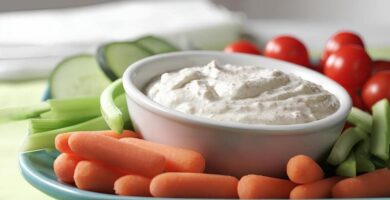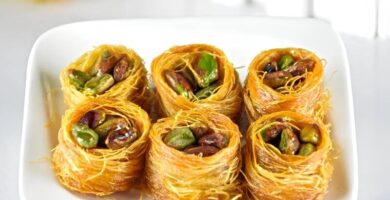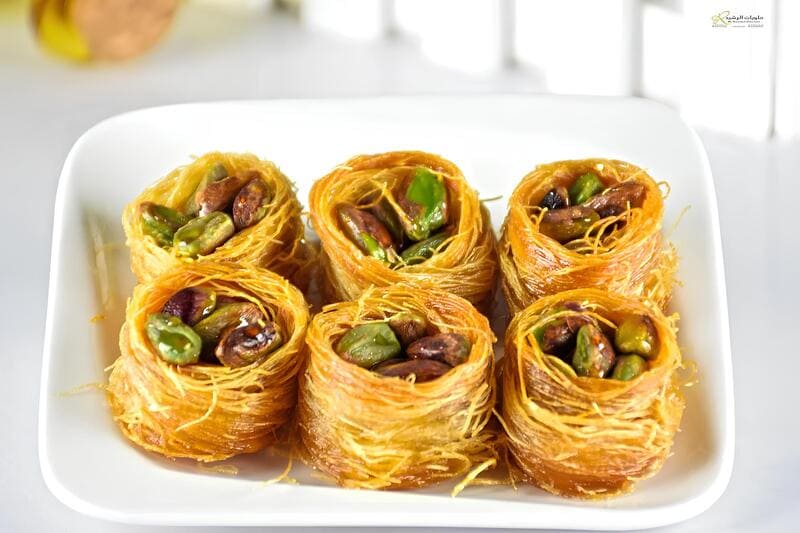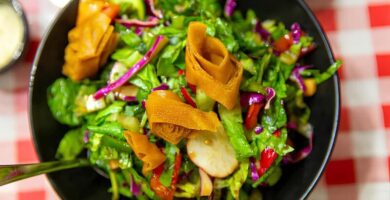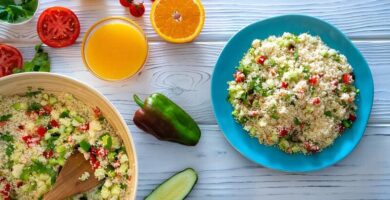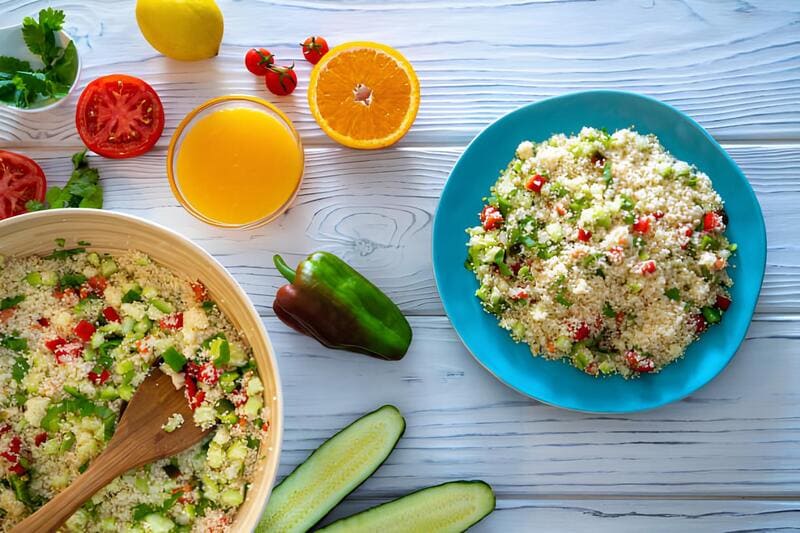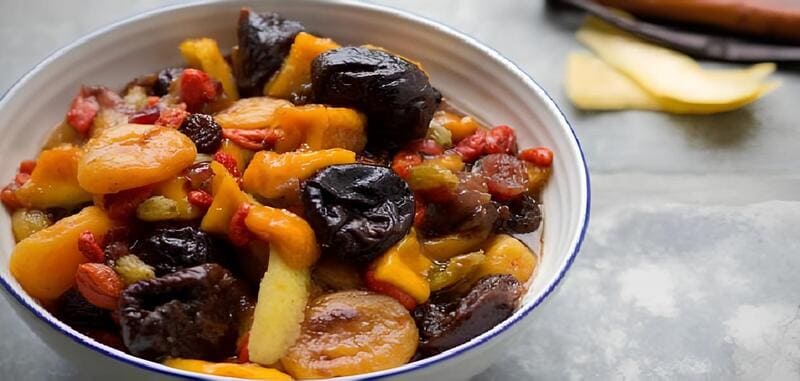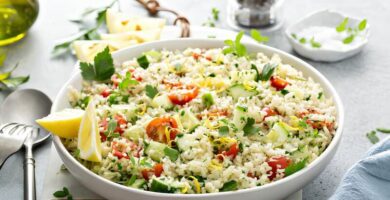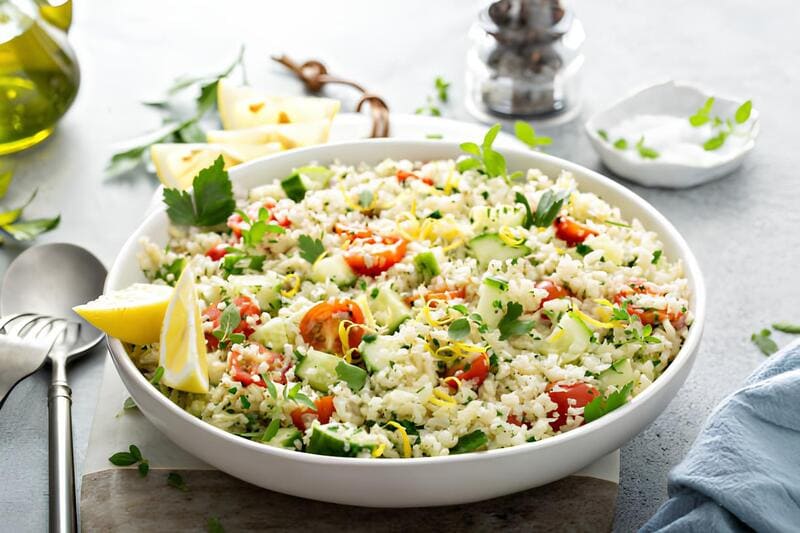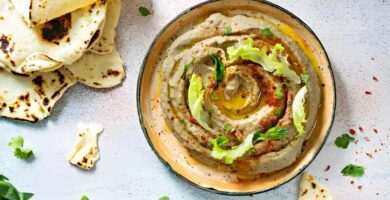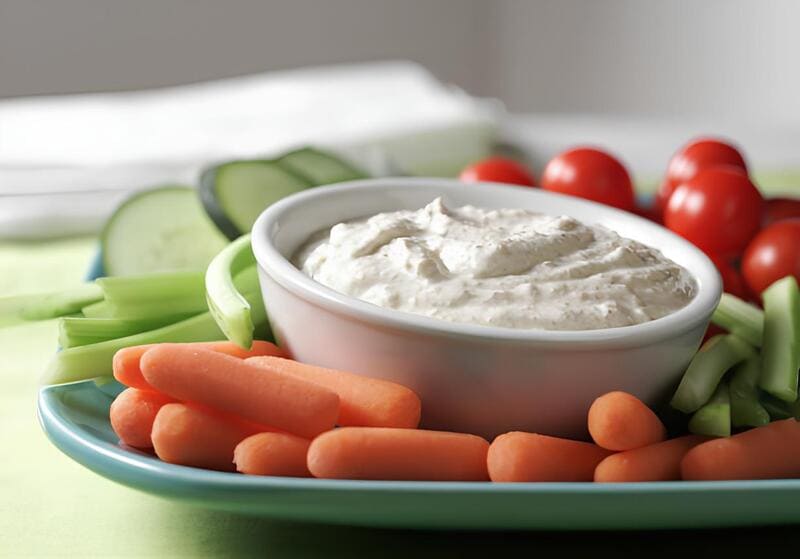
Egyptian cuisine offers a treasure trove of flavors, and one such delightful dish is Courgette Hummus. Known commonly as Zucchini Hummus, this dish is a wonderful twist on the traditional chickpea-based version. The fresh, mild zucchini pairs perfectly with creamy tahini and vibrant spices, making it both flavorful and nutritious.
This hummus variation is vegan, incredibly easy to make, and wonderfully healthy. Notably, it’s versatile enough to be enjoyed as a dip or spread. Try serving it with toast or fresh vegetable sticks. Whether making lunch for kids or prepping a quick snack for yourself, this recipe is sure to become a favorite.
Ingredients
- 2 homegrown courgettes (zucchini)
- 3 tablespoons lemon juice
- 2 tablespoons tahini (optional)
- 1 tablespoon olive oil
- 1 teaspoon ground cumin
- 1 teaspoon sea salt
- 1/2 teaspoon paprika
Preparation
- Begin by washing the courgettes thoroughly.
- Chop the courgettes into very fine pieces.
- Place the chopped courgettes into a blender.
- Add 3 tablespoons of lemon juice to the blender and blend until smooth.
- Once blended, add the 2 tablespoons of tahini (optional), 1 tablespoon of olive oil, 1 teaspoon of cumin, 1 teaspoon of sea salt, and 1/2 teaspoon of paprika to the blender.
- Blend everything together until the mixture is smooth and well combined.
- Taste and adjust seasoning if necessary.
- Transfer the hummus to a serving container and optionally drizzle with a bit more olive oil and a sprinkle of paprika.
- Serve with toast, vegetable sticks, or enjoy it as a spread.
Did you know?
While traditional hummus is made from chickpeas, zucchini-based hummus offers a lower calorie and lower carb alternative, making it perfect for those looking for a lighter option. Plus, zucchinis are rich in vitamins A and C, providing a good boost of antioxidants and helping to support immune function.
Interestingly, hummus itself has an ancient history, believed to have originated in Egypt as early as the 13th century. Hence, experimenting with local vegetables like zucchinis adds a modern twist while honoring its roots. If you prefer a hummus without tahini, it’s totally doable—just omit the tahini for a lighter version.
In addition to being a hit at parties, this spicy variety of hummus is also a great way to use up extra zucchinis from your garden. It’s not only the best for dipping but also an excellent filling for sandwiches and wraps. So, the next time you’re thinking of a healthy snack or a side dish, remember that Courgette Hummus is an easy and delicious way to enjoy your veggies!
